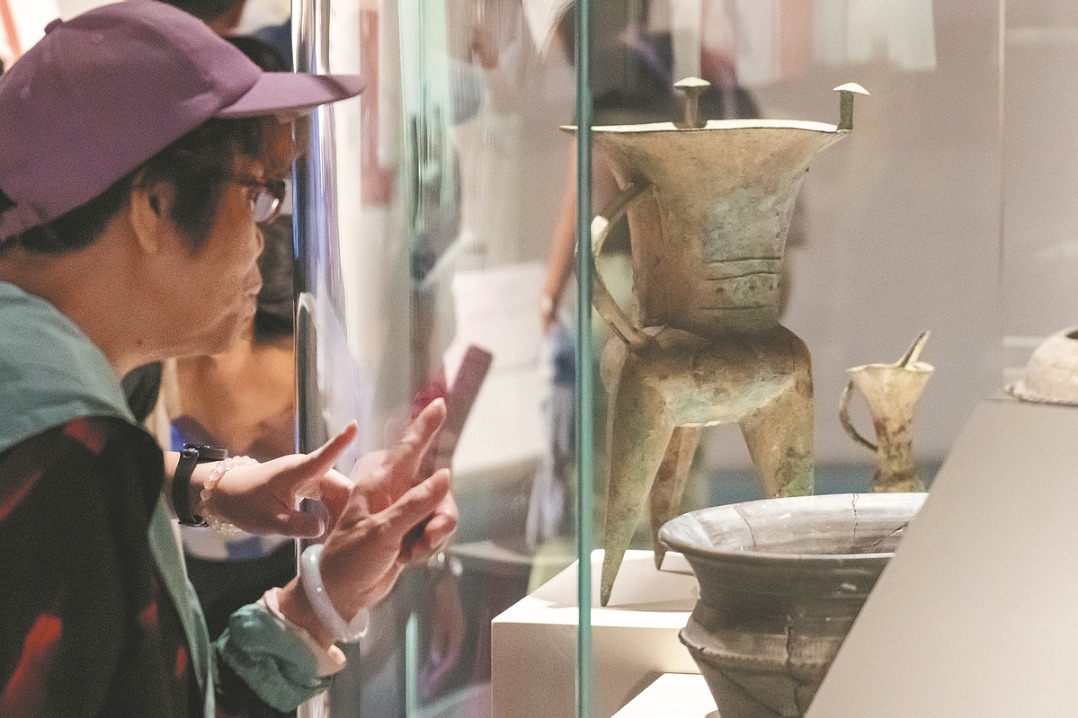Farmers print a brighter future
Xinhua | Updated: 2024-05-14 08:05
When Li Chengzhi, a 59-year-old woodcut print artist, recalls the olden days, the way the art form has transformed her life, taking her from toiling on the land to being an artist at the Chongqing Qijiang Farmers' Print Fine Art Academy, still feels surreal.
In the 1980s, Qijiang district in Chongqing began to offer woodcut-print training courses for local farmers.
Amazingly, their fertile imaginations and strong rural style gave the prints, now known as Qijiang woodcut prints, appeal both at home and abroad.
Not only has their work been exhibited in more than 30 countries and regions, but the prints also led to Qijiang being designated the home of modern Chinese folk painting by national cultural authorities in 1988.
When the local culture center began encouraging farmers to learn the technique, however, Li's parents were strongly opposed and forbade her from attending the workshop.
"They thought that painting was some useless form of leisure and there was also a load of farm work for me to do," Li says.
While seeing her neighbors making progress in woodcut prints from scratch, she was unable to contain her eagerness and attended the workshop without telling her family.
Never having learned to paint, she was embarrassed to show her work to the teacher at first.
However, her teacher was appreciative and encouraging and told Li that boldness, casualness and a carefree style were exactly what they wanted.
Since then, she has been devoted to the art even during times of difficulty.
"While I was working as a temp at the culture center from 1986 to 1992, I endured a lot of pressure from my family because of my meager income," Li says.
"Also, seeing other people earning money working in big cities, I sometimes pitied myself," she adds.
Despite this, she persisted until the academy was set up in 2006, when she finally felt reassured and buried herself in making and teaching woodcut printing.
Li remembers once hearing that a print had been sold for 400 yuan ($55). At the time, she felt that this was a peak she would never reach.
Now, her work is in the collections of many museums, and the most expensive print is valued at 35,000 yuan.
Huang Yuanyuan, deputy director of the academy, says that groups from more than 40 countries and regions have visited Qijiang to see the prints.
To date, more than 2,000 works of prints have been collected by the National Museum of China, Chinese embassies, foreign museums and collectors abroad.
"I am glad that I held out to the end," Li says. "I am not the best artist among those who were trained, but I am the one who didn't give up."
























